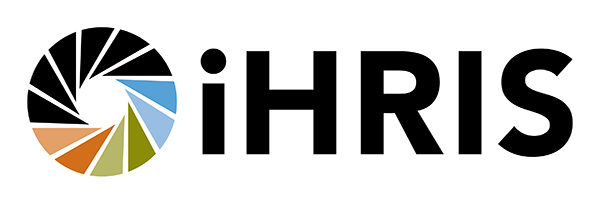Uganda Launches iHRIS Train to Track Health Worker Training
Health workforce decision-makers now have a new tool for their toolbox: iHRIS Train, software that tracks health worker training and reports on the number of health professionals being produced in a country.
 iHRIS Train was recently launched in Uganda at an event hosted by the Ministry of Education and Sports.
iHRIS Train was recently launched in Uganda at an event hosted by the Ministry of Education and Sports.
iHRIS Train is the newest addition to the open source iHRIS software and tools for tracking, managing, and planning the health workforce. Other products include iHRIS Manage, iHRIS Qualify, iHRIS Plan, and iHRIS Retain.
Until now, there was not an iHRIS product specifically for collecting and aggregating health worker training data. But many health workforce decision-makers lack information about training, such as the number of health professionals expected to complete different types of preservice education programs as well as the training completed by currently employed health workers. In Uganda, this information was stored in paper files or in documents located on personal computers, making it difficult to access, share, and analyze.
iHRIS Train for Uganda
Uganda has only 1.4 doctors, nurses, and midwives for every 1,000 people, far below the 2.3 minimum recommended by the World Health Organization. Uganda is implementing a number of interventions to strengthen the health workforce and increase access to quality care, including using iHRIS Qualify to ensure health workers have the proper qualifications and iHRIS Manage to improve the management of employed health workers. But the country continues to experience deficits in the supply of skilled health professionals and 42% of all established and approved health positions are vacant.
iHRIS Train can track the training completed by health professionals and students, data on upcoming in-service and preservice training opportunities, and deployment of tutors and instructors in different organizations. This information helps inform projections for preservice training and more rational use of training capacity to improve availability of the most critical health cadres.
A Ugandan developer wrote the software code for iHRIS Train based on Uganda’s needs, building on the existing iHRIS core software. This development leverages the power of open source software for local innovation. The Ministry of Health, Ministry of Education and Sports, health professional councils, health examination boards, and health training institutions provided input for iHRIS Train requirements, key for encouraging country ownership and ensuring the system shares health worker training data with existing information systems.
In order to get the system up and running quickly, the Ministry of Sports and Education trained staff to use iHRIS Train: 42 staff learned to manage and update the system and 60 senior managers learned how to produce their own reports for planning and decision-making.
Key stakeholders attended the launch event, including Minister of Education and Sports Jessica Alupo, Permanent Secretary of the Ministry of Education and Sports Francis X. K. Lubanga, and Director of Planning of the Ministry of Health Dr. Isaac Ezati.
Beyond Uganda
Like all iHRIS products, iHRIS Train is open source and distributed under the General Public License (GPL) in an effort to minimize maintenance costs and encourage sustainability. In the coming months, iHRIS Train will be released on this website for free download.
Although it was developed based on needs in Uganda, the software can be customized for any country context. Development teams in Kenya and Nigeria are already reviewing and adapting the iHRIS Train code for application in their respective countries. The active iHRIS open source community is supporting collaboration between the Ugandan developer and the Kenyan and Nigerian implementers. At least 15 countries are actively using the other iHRIS products.
CapacityPlus supports the development of the core iHRIS software and releases updates. In Uganda, the Uganda Capacity Program, a USAID-funded project also led by IntraHealth International, tailored the software to meet the country’s needs and rolled it out to the four professional health councils, four central organizations affiliated with the Ministry of Health, 13 Regional Referral Hospitals, the two National Referral Hospitals, 28 faith-based hospitals, and 74 districts.
This story was originally posted on the CapacityPlus website.
